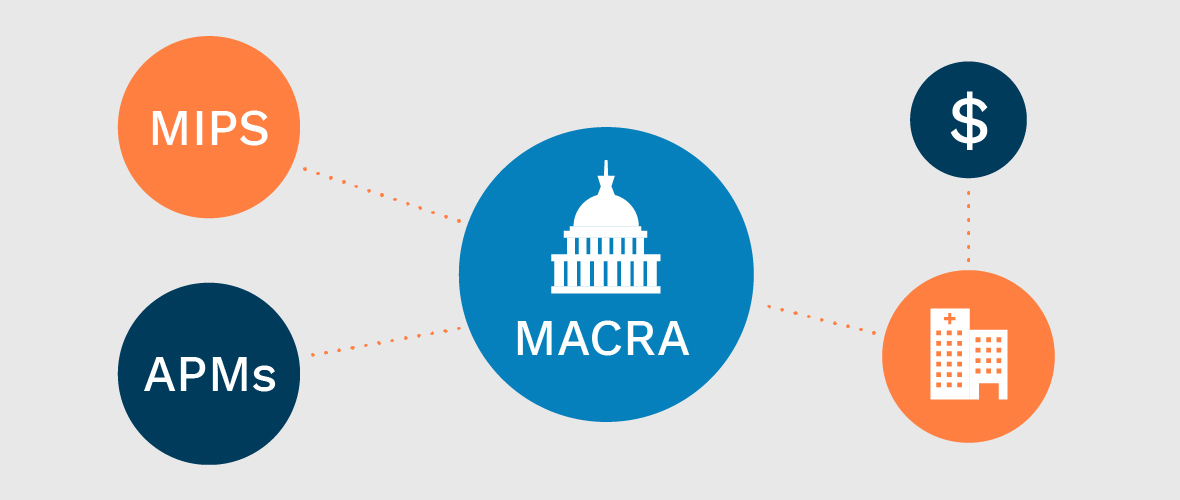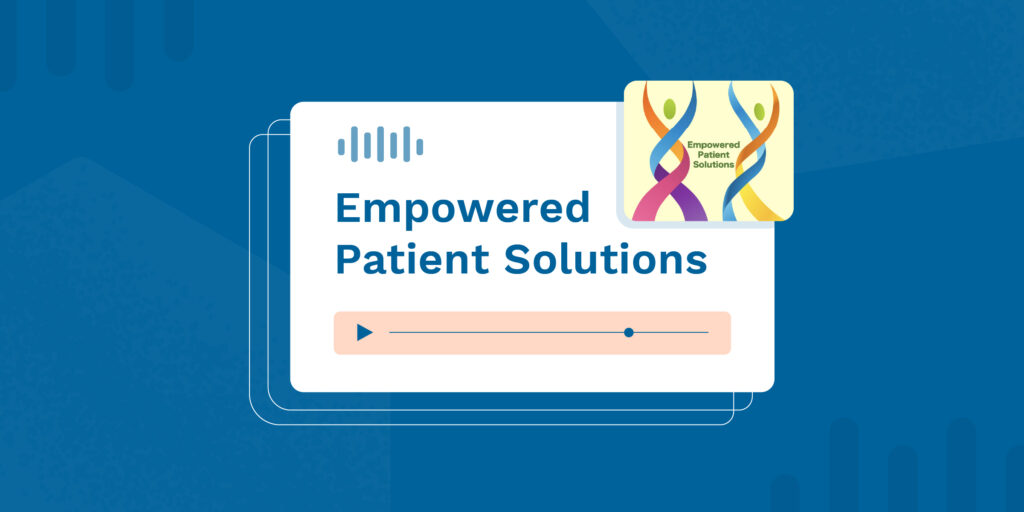CMS has recently released MACRA’s final rule for the newest Quality Payment Program, which begins January 1, 2017. The Medicare Access and CHIP Reauthorization Act will take the place of the EHR Incentive Program for Medicare Eligible Professionals. MACRA allows the EP four different reporting options instead of one, to ensure physicians do not receive a negative payment adjustment in 2019. Overall, the goal of MACRA’s QPP into streamline the existing patchwork of Medicare reporting programs and provide opportunities for physicians and other clinicians to earn more by focusing on quality patient care. The 2, 2000+ page document can be daunting, so I’ve outlined the main highlights below. You can read the full document here:
The QPP has two tracks:
- The Merit-based Incentive Payment System (MIPS)
-Physicians who participate in Medicare, provide Medicare Part B services, and are not part of a recognized Advanced APM, will participate in the MIPS program starting in 2017. CMS designated 2017 as a “transition year” – (no penalty in 2019). The MIPS program combines PQRS, Value- based Modifier, and Meaningful Use and rolls them into a single performance program.
- Advanced Alternative Payment Models (APMs)
-Physicians who provide care to Medicare patients through a recognized Advanced APM will be eligible for a 5% bonus payment. To qualify, an APM must require participants to use certified electronic health record (EHR) technology; provide payment for covered professional services based on quality measures comparable to those used in the quality performance category of the MIPS; and either: (1) be a Medical Home Model expanded under CMS Innovation Center authority, or (2) require participating APM Entities to bear more than a nominal amount of financial risk for monetary losses
“Pick Your Pace” Policy
Option 1: Test the Quality Payment Program
You will avoid a negative payment adjustment as long as you submit data to the QPP (even after Jan. 1, 2017). This plan is designed to ensure that your system is working and that you are prepared for broader participation in 2018 and 2019 as you learn more.
Option 2: Participate for part of the calendar year
You can still qualify for a small positive payment adjustment even if you report QPP information (how your practice uses technology, and what improvement activities your practice is undertaking) later than January 1, 2017.
Option 3: Participate for the full calendar year
We get it, not everyone is ready. But for the practices that are ready to report on January 1, 2017, this option was designed for you. You could qualify for a modest positive payment adjustment.
Option 4: Participate in an Advanced Alternative Payment Model in 2017
Legally, you can participate in the Quality Payment Program by joining an Advanced Alternative Payment Model, such as Medicare Shared Savings Track 2 or 3 in 2017 instead of reporting quality data. The AAP Model allows you to qualify for a 5 percent incentive payment in 2019.
**Failure to report even one measure or activity in 2017 will result in a negative 4% adjustment in Medicare payments in 2019.
Small and Rural Practices
-CMS estimates that at least 80% of clinicians in small and solo practices with one to nine
clinicians will receive a positive or neutral MIPS payment adjustment in 2019.
Performance Feedback
-Performance feedback will go to MIPS-eligible physicians initially on an annual basis, but in future years on a more frequent basis.
-Feedback will be provided using a web-based application.




